Elk vs Deer – What You Want to Know Now
The elk vs deer – two fascinating species that capture the imagination of nature enthusiasts worldwide. Distinguished by their elegant appearance and remarkable adaptations, elk and deer hold significant importance in various cultures and play vital roles in diverse ecosystems. Understanding these magnificent creatures is a matter of personal fascination and crucial for effective conservation efforts.
Brief Overview of Elk and Deer
Elk, scientifically known as Cervus canadensis, is one of the largest members of the deer family. Native to North America, they have captivated humans for centuries with their imposing stature and impressive antlers.
Bulls (males) typically weigh 600 to 1,000 pounds, standing about five feet tall at the shoulder. Their coat displays a stunning variation of colors ranging from light tan to dark brown, providing excellent camouflage in their preferred habitats.
On the other hand, deer collectively belong to the family Cervidae and encompass numerous species worldwide. Some well-known species include white-tailed deer (Odocoileus virginianus), mule deer (Odocoileus hemionus), fallow deer (Dama dama), and red deer (Cervus elaphus).
These enchanting creatures exhibit diverse physical characteristics based on their respective environments. Each family member boasts unique features contributing to its overall appeal, from the iconic white underside of a white-tailed deer’s tail to the distinctive branching antlers of various species.
Popularity of Elk and Deer in Various Cultures and Ecosystems
Throughout history, elk and deer have held great cultural significance across different societies. Indigenous communities in North America often revere elk for its strength and resilience while considering it a symbol of vitality and abundance. Rituals surrounding hunting practices involving these magnificent animals were deeply intertwined with spiritual beliefs, honoring the animals and expressing gratitude for the resources provided.
Furthermore, elk and deer have become cherished icons in popular culture. They frequently feature in literature, folklore, and art as symbols of grace, beauty, and wilderness.
Their powerful presence in paintings, sculptures, and even contemporary designs exemplifies their enduring appeal among artists who seek to capture the essence of nature’s elegance. Beyond their cultural significance, elk and deer play vital ecological roles within their respective habitats.
As herbivores, they contribute to shaping vegetation structure through their feeding habits. By selectively browsing on foliage or grazing on grasses, these animals influence plant community composition and promote biodiversity.
Additionally, they serve as a critical prey source for predators such as wolves and bears further up the food chain. Elk and deer are special in our cultural tapestry and in maintaining healthy ecosystems worldwide.
Their remarkable adaptations and captivating presence inspire awe and admiration among nature enthusiasts. In the following sections of this article, we will delve deeper into these fascinating creatures’ taxonomy, behavior, and habitat preferences to comprehensively understand their intricate lives.
Taxonomy and Classification
Elk (Cervus canadensis)
Elk, scientifically known as Cervus canadensis, are majestic creatures belonging to Cervidae’s deer family. They are commonly found in North America and Eastern Asia.
Several subspecies exhibit regional variations in their physical characteristics and habitats within the elk species. One notable subspecies is the Roosevelt elk (Cervus canadensis roosevelti), which inhabits the Pacific Northwest of North America.
Known for its larger size compared to other elk subspecies, the Roosevelt elk possesses impressive antlers that can reach lengths of up to four feet! These magnificent creatures prefer lush forests and dense vegetation along the coastlines and mountains.
Another subspecies is the Rocky Mountain elk (Cervus canadensis nelsoni), inhabiting regions of western North America such as Montana and Colorado. These animals display a remarkable blend of physical attributes.
They have a light brown coat with hints of reddish hues during summer, while their winter coats appear darker. The Rocky Mountain elk thrives in various habitats, including alpine meadows, coniferous forests, and grasslands.
Deer (Family Cervidae)
The deer family, scientifically known as Cervidae, comprises numerous species worldwide. Among them are well-known species like white-tailed deer (Odocoileus virginianus), mule deer (Odocoileus hemionus), and fallow deer (Dama dama). Each species within this diverse family exhibits distinct morphological differences that set them apart.
White-tailed deer are prevalent across North America and are characterized by their prominent white tail, which they raise when alarmed or running away. These small to medium-sized deer possess a reddish-brown coat during summer, transitioning to a grayish-brown shade during winter.
White-tailed deer have bifurcated antlers, meaning they fork into two main branches. Mule deer, also native to North America, are recognizable for their large mule-like ears that distinguish them from other deer species.
Their coat color varies depending on their region, ranging from grayish-brown to light brown with white patches on their rumps. Mule deer bucks have impressive antlers that branch into multiple points and can grow up to three feet long.
Fallow deer, originating from Europe but introduced to various parts of the world, boast distinct coat patterns and colors. Their coats range from solid brown or fawn to spotted patterns of white spots on a reddish-brown background.
Fallow deer bucks exhibit palmate antlers that resemble the shape of a human hand with its fingers spread wide. Elk and deer encompass various subspecies and species within their respective taxonomic groups.
Elk, such as the Roosevelt elk and Rocky Mountain elk, exhibit regional variations in physical characteristics such as size, antler structure, and coat coloration. They prefer habitats ranging from mountainous regions to forests and grasslands.
Deer species like white-tailed deer, mule deer, and fallow deer showcase unique morphological differences in size, antler structure (bifurcated or multi-pointed), and coat patterns (solid or spotted). Understanding the taxonomy and classification of these magnificent creatures adds depth to our appreciation of their diversity within the Cervidae family.
Behavior and Social Structure
Elk
Elk, known for their majestic antlers and impressive size, exhibit fascinating behaviors during the rutting season. Mating rituals among elk are a sight to behold, as males engage in intense displays of dominance to win the attention of females. These rituals involve a combination of visual displays and vocalizations.
The male elk’s bugling calls resonate through the wilderness, an unmistakable announcement of their presence to rivals and potential mates. Bugling is a way for males to establish dominance and attract females by showcasing their strength and vitality.
Throughout the rutting season, elk herds display distinct social dynamics. Before mating, male elk form bachelor groups of younger or less dominant males who have yet to establish themselves.
These groups serve as a temporary union where individuals can learn from one another’s experiences and strengthen social bonds. However, once the rut begins, these bachelor groups disband as males vie for dominance over breeding herds.
Dominance battles typically involve aggressive clashes between rival males using their formidable antlers as weapons. In addition to seasonal mating rituals and dominance battles, elk also exhibit migration patterns in search of optimal food sources and suitable shelter during harsh weather conditions.
Resource availability and weather patterns, such as changing seasons or extreme temperatures, influence their movements. Elk migrations can span vast distances across mountainous regions or expansive grasslands, offering them access to diverse habitats that fulfill their nutritional requirements throughout the year.
Deer
Rutting season among deer is characterized by intriguing territorial behaviors accompanied by vocalizations unique to each species. Bucks express dominance over territories through scent marking with urine or glandular secretions while defending these areas from other competing bucks. During this period, male deer emit distinct grunting sounds that communicate with rival bucks and attempt to attract receptive does.
Deer exhibit different herd dynamics compared to elk. Outside the rutting season, deer are often found in family units of does and their fawns.
These social groups provide safety and support for the young, as they are highly protective of their offspring. Within family units, hierarchical structures may exist among adult females, with more experienced individuals taking on leadership roles.
While some deer species exhibit migratory behaviors, this characteristic is not universal across all species. Certain subspecies of deer, such as mule deer or caribou, display migratory patterns in search of better resources.
These migrations can be remarkable journeys covering hundreds or even thousands of miles in response to changing food availability or seasonal changes. However, it is important to note that not all deer species are migratory, as some prefer more sedentary lifestyles within specific habitats that offer sufficient sustenance year-round.
Overall, elk and deer’s behavior and social structure showcase intricate mating rituals during rutting season and distinct herd dynamics that vary between species. Understanding these aspects sheds light on their unique adaptations for survival and reproduction in diverse ecosystems.
Ecology and Habitat Requirements
Elk
Elk, also known as wapiti, are majestic creatures that exhibit specific preferences regarding their habitats. They thrive in montane forests, where the dense vegetation and abundant water sources provide ample cover and sustenance. Elk also favor open meadows due to the availability of nutritious grasses.
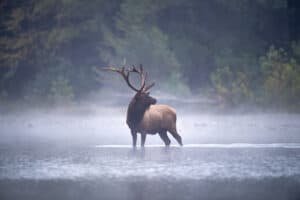
Elk can be found in shrublands, especially those with a mix of grasses and shrubs that offer both food and shelter. Regarding dietary preferences, elks have adapted to consume various plant materials.
They feed on grasses in their preferred habitats but rely on sedges for nutrients. Elk are known to browse on bark during winter when other food sources become scarce.
Moreover, they consume leaves from deciduous trees such as aspen or willow. This versatility in dietary choices allows elks to adapt to changing seasons and maintain their nutritional needs.
The impact of elk grazing habits on the ecosystem is significant. Their selective feeding shapes the vegetation structure within their habitats.
By consuming specific plant species or parts thereof, elk indirectly influence the composition and distribution of vegetation communities. This behavior can promote biodiversity by creating more diverse habitats for other herbivores or birds that rely on certain plants for food or nesting sites.
Deer
Deer species exhibit different habitat preferences depending on their geographic location and available resources. Generally, deer thrive in woodlands with a mixture of trees providing both protection from predators and browse options for feeding.
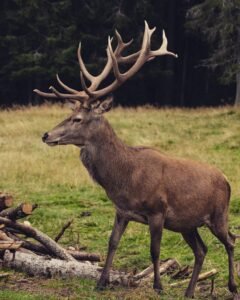
Mixed forests consisting of conifers and deciduous trees offer an ideal balance between sheltered areas during harsh weather conditions and varied food sources throughout the year. Apart from woodlands, deer inhabit agricultural fields where they can find suitable forage options such as crops, grasses, or even fallen fruits.
The proximity of these fields to forested areas allows deer to seek refuge while benefiting from the easily accessible food sources in agricultural landscapes. This adaptability to human-altered environments has contributed to the successful expansion of some deer species in certain regions.
Elk and deer possess distinct habitat preferences that have shaped their ecological roles. Elk thrive in montane forests, open meadows, and shrublands while exhibiting dietary preferences for grasses, sedges, bark, and leaves.
Their grazing habits are vital in shaping vegetation structure within their habitats. On the other hand, deer prefer woodlands and mixed forests but can also utilize agricultural fields for foraging when available.
Despite their different ecological requirements, both elk and deer contribute to biodiversity by adapting to various habitats and coexisting with other species. Their ability to thrive in diverse environments is a testament to their resilience and adaptability as keystone herbivores.

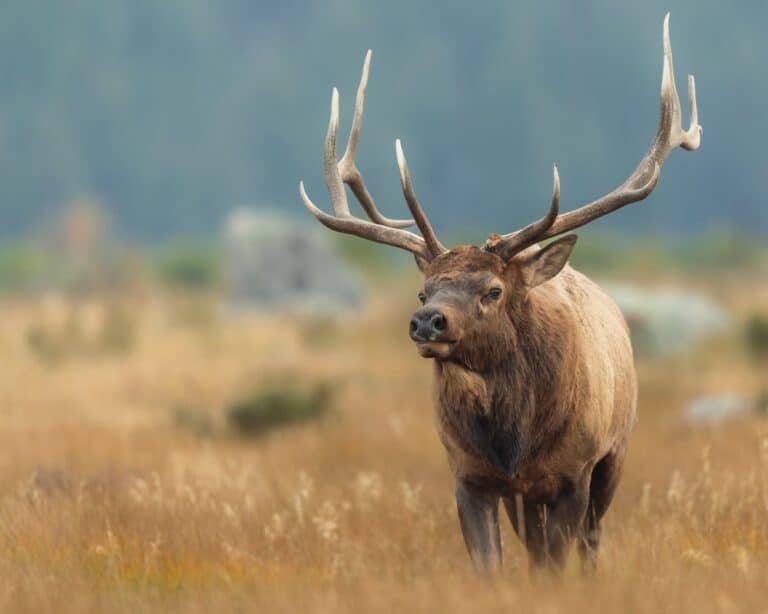
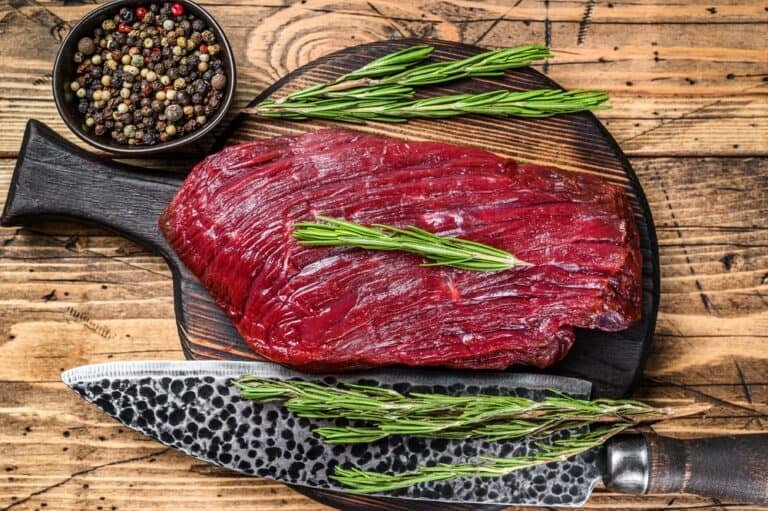

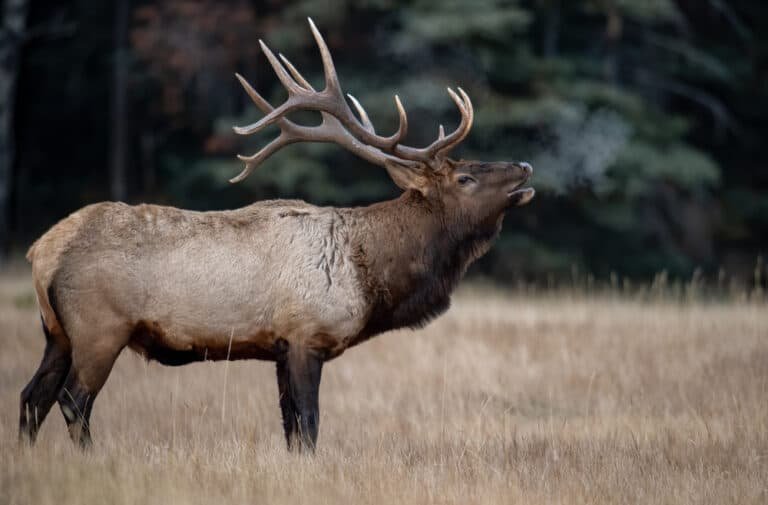
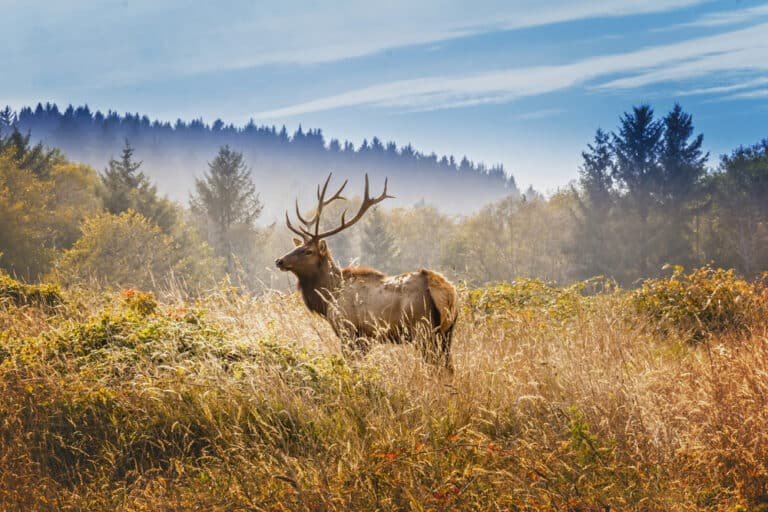
mexico pharmacies prescription drugs
https://cmqpharma.online/# mexican rx online
buying prescription drugs in mexico
mexican mail order pharmacies: cmqpharma.com – medication from mexico pharmacy
You have remarked very interesting details! ps decent web site.Expand blog
https://canadapharmast.com/# canadian online drugstore
mexico pharmacy: buying from online mexican pharmacy – medication from mexico pharmacy
pharmacy website india п»їlegitimate online pharmacies india best india pharmacy
trusted canadian pharmacy: legitimate canadian mail order pharmacy – legal to buy prescription drugs from canada
canadian pharmacy in canada: canadian pharmacy ltd – safe online pharmacies in canada
trustworthy canadian pharmacy canadian world pharmacy safe canadian pharmacies
india pharmacy: reputable indian pharmacies – india pharmacy mail order
http://canadapharmast.com/# legitimate canadian online pharmacies
buy medicines online in india: india pharmacy mail order – indian pharmacy
best online pharmacies in mexico: mexican mail order pharmacies – mexican border pharmacies shipping to usa
reputable mexican pharmacies online: purple pharmacy mexico price list – mexico drug stores pharmacies
india pharmacy mail order indian pharmacy top 10 pharmacies in india
http://foruspharma.com/# mexico drug stores pharmacies
mexican pharmaceuticals online: mexico pharmacy – mexican mail order pharmacies
maple leaf pharmacy in canada: canada drugstore pharmacy rx – canadian pharmacy no scripts
pharmacies in mexico that ship to usa: mexico pharmacy – pharmacies in mexico that ship to usa
canada drug pharmacy my canadian pharmacy review canadian pharmacy 24h com
mexico drug stores pharmacies: buying prescription drugs in mexico – mexican rx online
http://amoxildelivery.pro/# amoxicillin 1000 mg capsule
https://paxloviddelivery.pro/# paxlovid covid
https://paxloviddelivery.pro/# paxlovid pharmacy
http://ciprodelivery.pro/# buy generic ciprofloxacin
https://amoxildelivery.pro/# amoxil generic
https://paxloviddelivery.pro/# paxlovid price
https://clomiddelivery.pro/# can i buy generic clomid without prescription
http://doxycyclinedelivery.pro/# doxycycline brand name canada